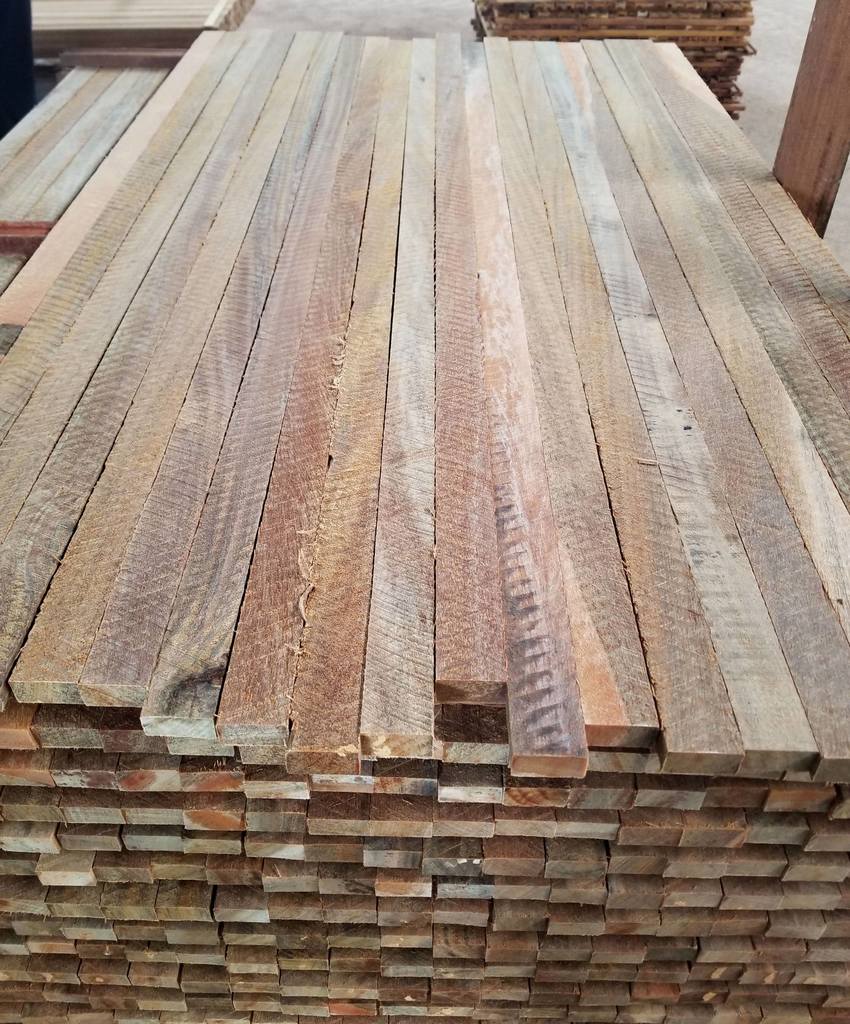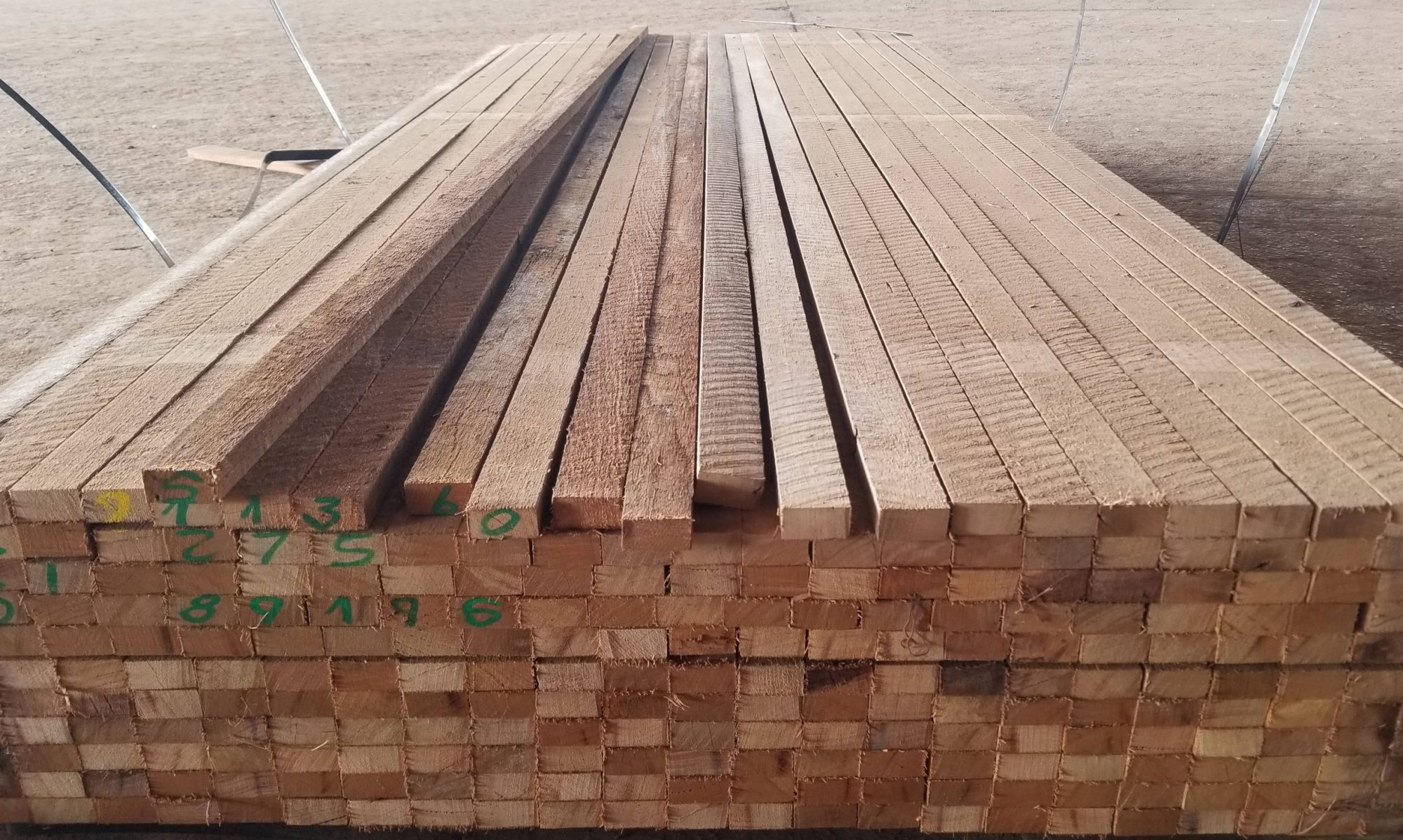The Benefits of Tropical Hardwood Kiln Sticks
In the world of woodworking and lumber drying, the choice of materials used for kiln sticks plays a pivotal role in determining the quality of the process. One critical component is the use of tropical hardwood kiln sticks. These sticks offer many benefits that contribute to the efficiency and effectiveness in the lumber drying process.
- Exceptional Durability:
Tropical hardwoods, renowned for their density and resilience, make for kiln sticks that can withstand the harsh conditions of a lumber drying environment. The extreme temperatures and high humidity levels within a kiln can take a toll on lesser materials like domestic softwoods and LVL, but tropical hardwoods excel in durability, ensuring a longer lifespan.
- Uniform Airflow:
Ensuring proper and consistent airflow is essential for the efficiency of lumber drying. Our tropical hardwood kiln sticks offer a distinct advantage—they resist compression under the weight of green wood stacked in the dry kiln. This unique quality guarantees a uniform and unobstructed flow of air throughout the stacked lumber, facilitating even drying. By preventing compression-related air flow obstruction, our kiln sticks significantly reduce the risk of uneven moisture content. The occurrence of “wets” can be nearly eliminated, further enhancing the quality and consistency of the drying process.
- Cost-Effectiveness:
While the initial investment in tropical hardwood kiln sticks may be higher than that of alternative materials, their durability and long lifespan result in substantial cost savings over time. The need for frequent replacements is minimized, reducing downtime, disposal and maintenance costs associated with the drying process.
- Conclusion:
In the competitive landscape of the sawmill industry, every cost-saving measure contributes to the bottom line. Tropical hardwood kiln sticks offer a compelling solution, providing long-term advantages through extraordinary durability and more efficient lumber drying practices. As the industry continues to evolve, the adoption of these resilient materials emerges as a strategic investment for any sawmill aiming to balance economic viability with environmental responsibility.

